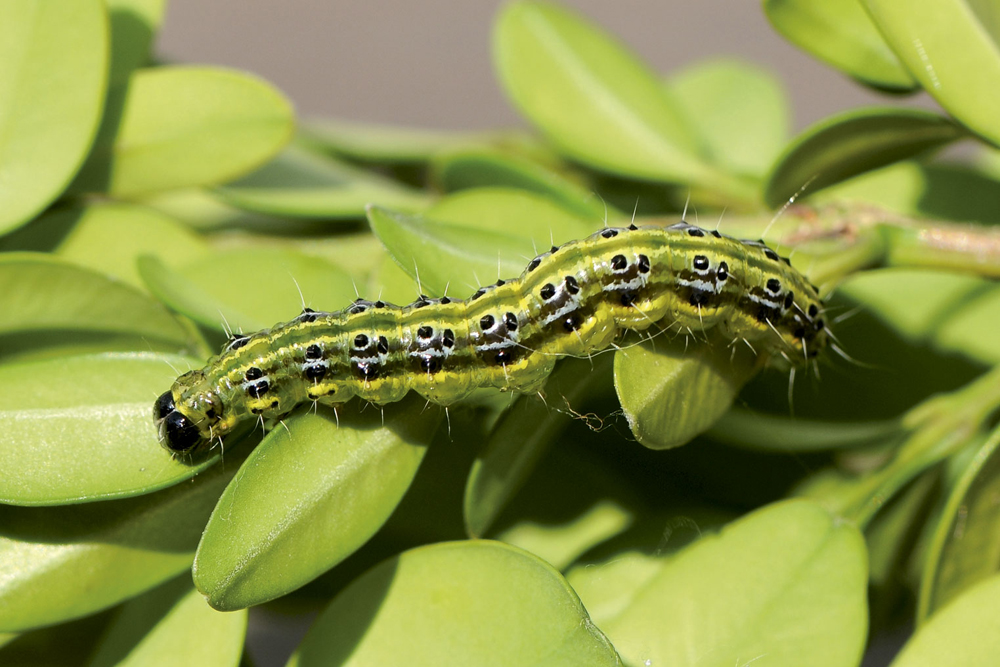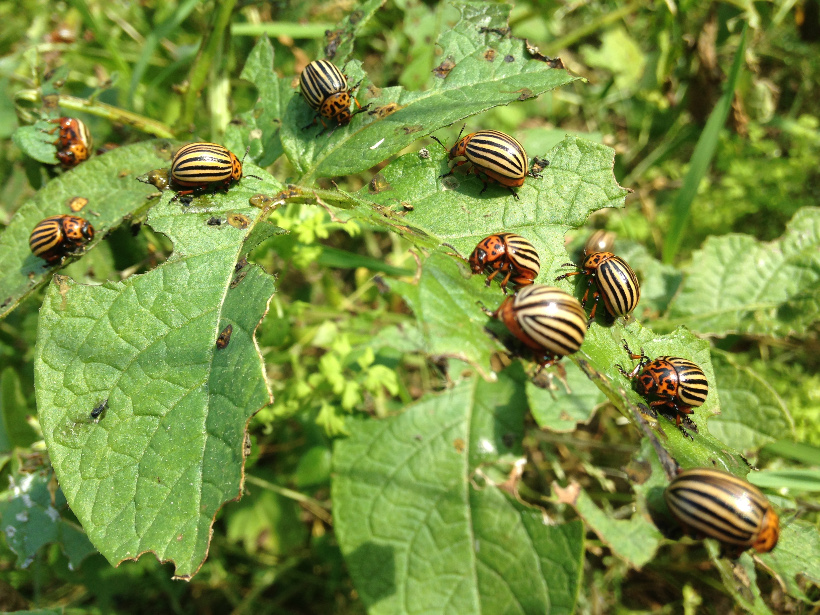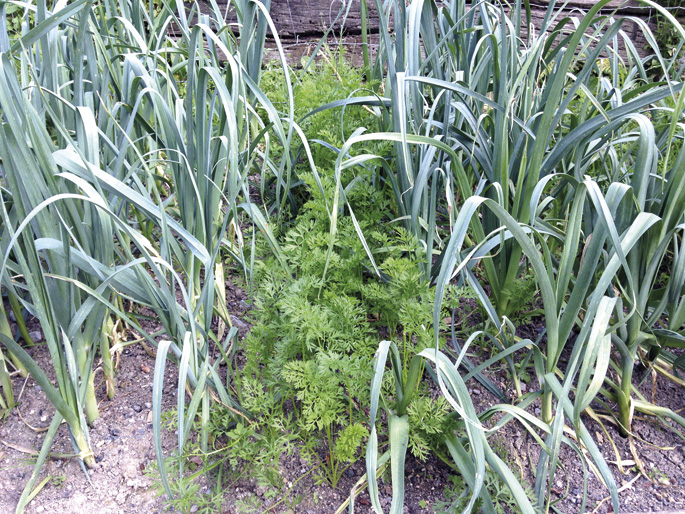The case of Ezpeldoi
- As we delve into how we will kill Amaia Ezpeldoi, to see how we save the boj (Buxus sempervirens). The worm (Cydalima perspectalis) that we have brought from China to Germany and from there to the whole of Europe (Cydalima perspectalis), has all the appearance that it will clean up all the mouths of the mountains and the houses, peste vil! It is a whitish polsits that only walks at night, and a very large worm, 3-4 centimeters high, easily visible in children.

The worm feeds on all the smooth parts of the plant and, when it's thickened, it gets wrapped in a kind of spider web that forms a crab that turns it into a sits. To spend the winter, small worms of 0.5-1 cm sew two thick boj leaves with yarn. They will grow in spring and bring the first generation of sits. It will be two or three generations a year, in temperate years and places, as well as four. I waste or, as our friend's mother says, I despise the shattering!
In the territories on which the cultural landscape of Ezpela is based, this destruction is enormous. When we see the landscape, we don't see a plant, but if that plant is one of the foundations of a culture, destruction bleeds. In the absence of a boj, how are the clubs for tomatoes to be made in Ezkurra? A friend with a Father of Oitz told me last week, when I told her the following: “So, as much as the kisulabs want to revive, they cannot fill with ttiu boj...”.
To cut this bleeding from the landscape of our boj culture, we had to kill the worm. It is said that treatment with Bacilus thuringiensis also does with pure water... We'll have to start, because birds don't eat them. The boj has a kind of poison, and it seems they don't want to peck a worm that has eaten nothing but a boj. In this case we will also have to work instead of killing Amaia Ezpeldoi...
The potato insect is one of the worst pests in Europe. It looks like a beautiful war. It is an oligophagus, that is, it only eats a few foods: potatoes (Solanum tuberosum), but it also attacks the eggplant (Solanum melongena) and tomato (Solanum lycopersicum) of its relatives... [+]
Aurten sekula baino har gehiago ikusi dut porruetan (Allium porrum) barrena. Acrolepiopsis assectella izena duen har ttiki txatxu batek porruaren bihotzean zulobidea egiteko ohitura du. Porrua begi bakarreko landarea da; hosto guztiak kimu bakar baten bueltan hazten dira, baita... [+]












